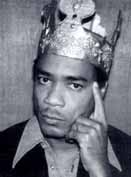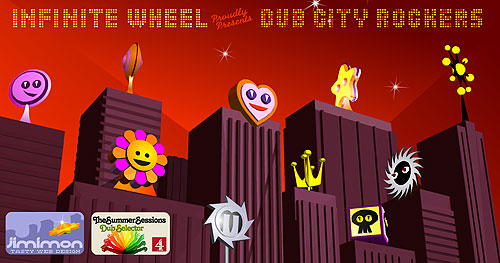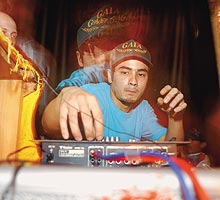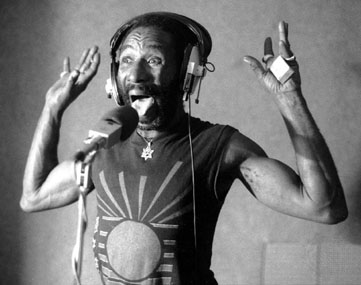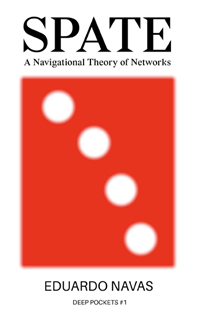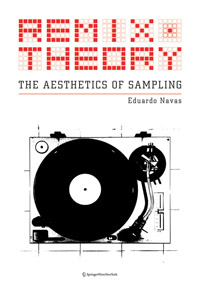Summary of Seminar on Remix by Eduardo Navas, Written and Edited by Gabriela Pérez del Pulgar
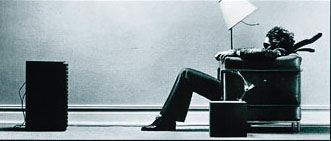
Photo: Blown Away © Steve Steigman
Source:The Analog Dept.
(Text in Spanish only. To be translated to English.)
The seminar took place at
Cultural Center of Spain in Buenos Aires
Florida 943
Buenos Aires, Argentina
Presented on June 17 – 22, 2006
http://www.cceba.org.ar/tapa/tapa.pl
http://www.cceba.org.ar/evento/evento.pl?evento=363
Text Source: CCEBA
A big thanks to Gabriela Perez del Pulgar for taking, summarizing and revising the notes for publication. A very special thanks to Belen Gache and Gustavo Romano who organized the seminar.
———-
Resumen del taller
“El remix es un segundo mix de algo pre-existente, y el material que es mixeado por segunda vez necesita ser reconocido, de lo contrario, la obra podrÃa ser entendida erróneamente como algo nuevo, se volverÃa plagio. Sin una historia, el remix no puede ser Remix.â€
–EDUARDO NAVAS
Eduardo Navas, artista, historiador y escritor especializado en nuevos medios, compartió en este taller las lÃneas de investigación que actualmente realiza en torno al fenómeno de Remix Culture o Cultura Remix, presentando tanto sus propios trabajos como los de otros artistas y analizando los de los asistentes con el fin de reflexionar sobre la producción artÃstica ligada a los nuevos medios y las implicaciones del remix en la cultura contemporánea.


